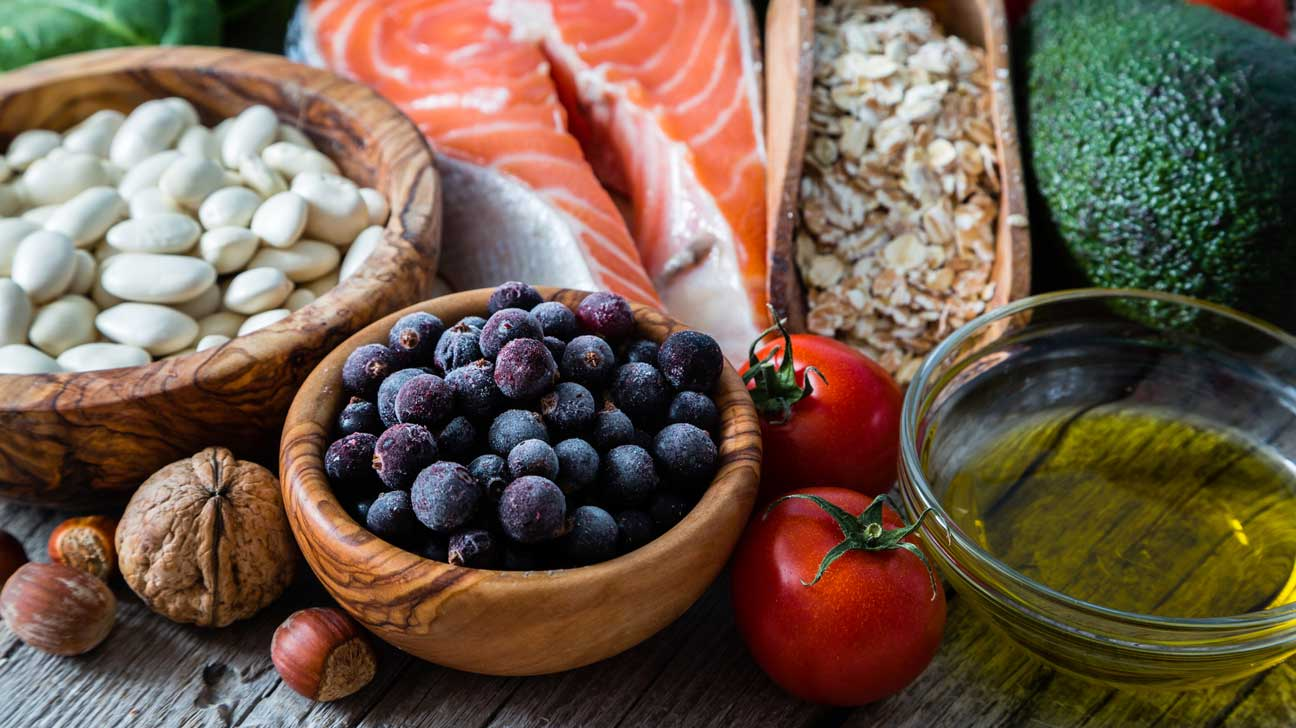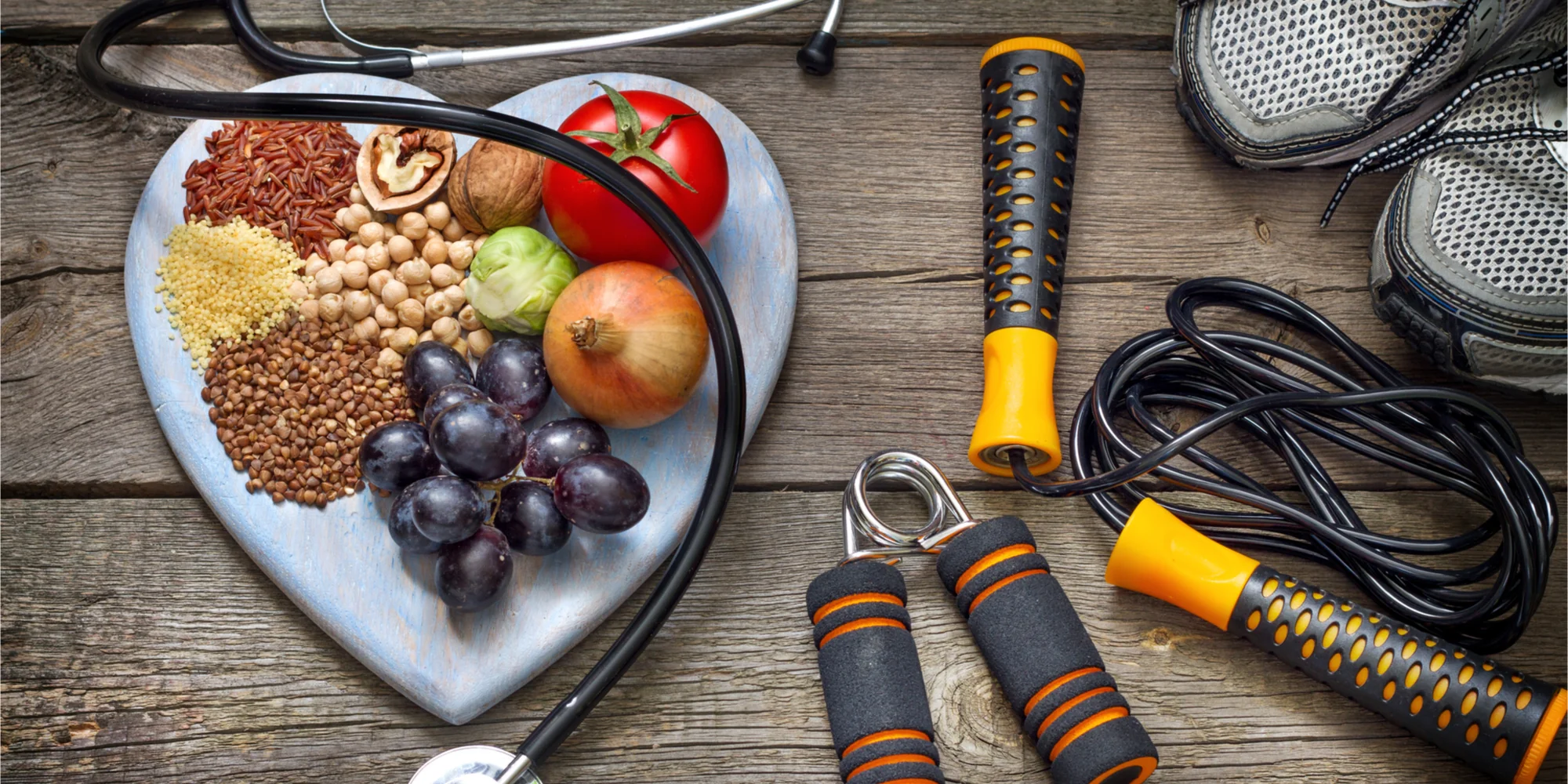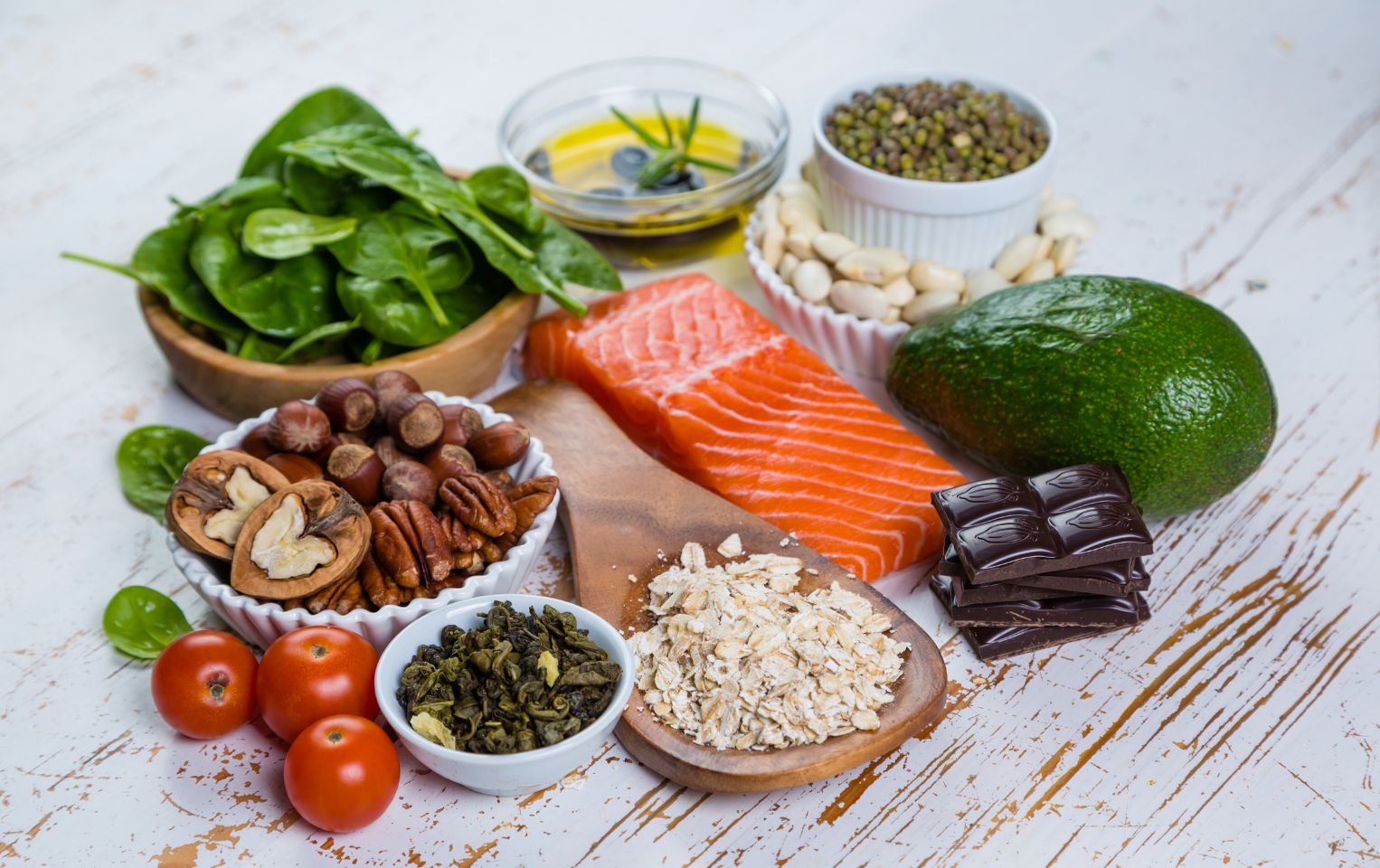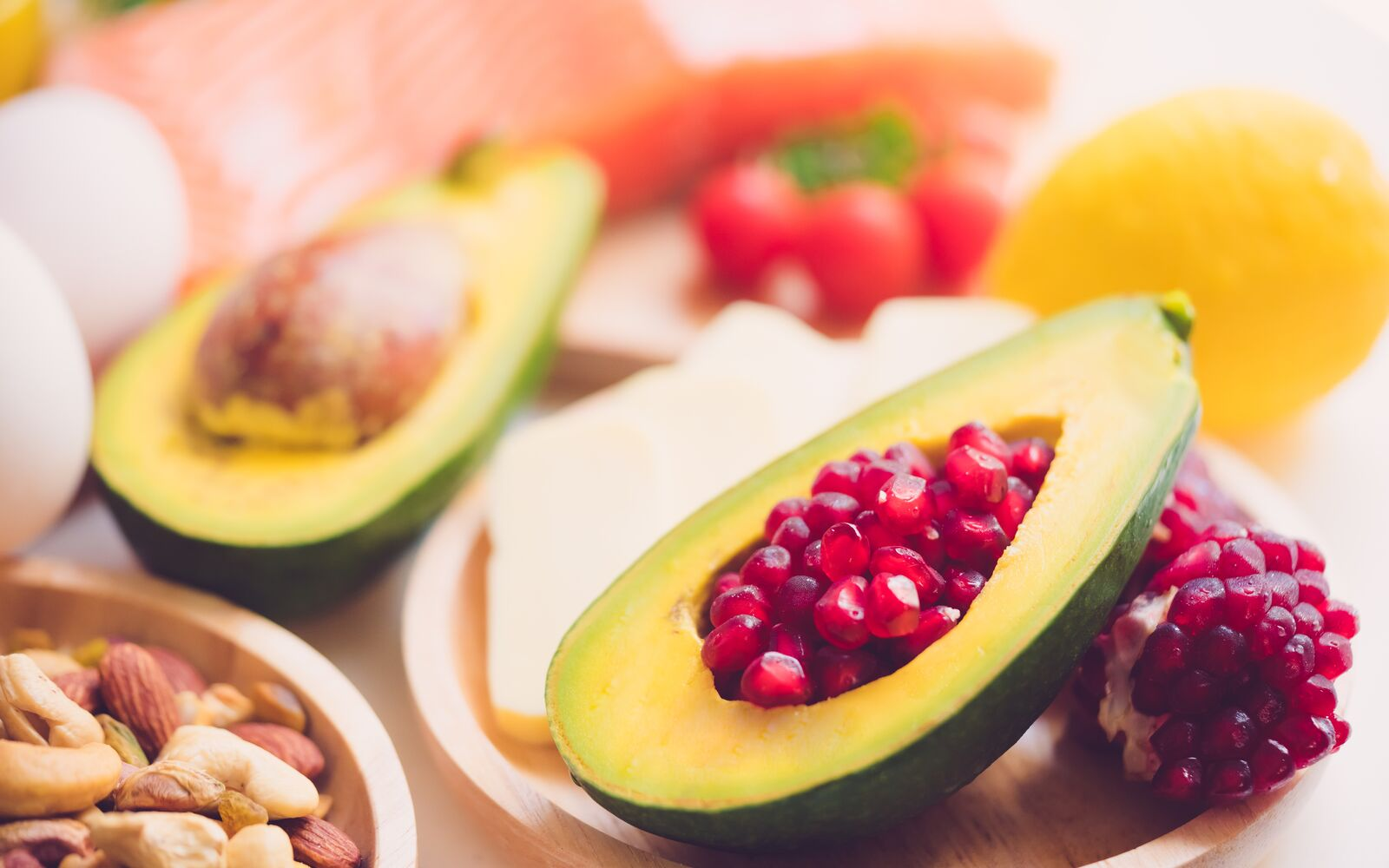
Dieting Boosters
Transform Your Health Journey
Transform Your Health Journey

Transform Your Health Journey
Transform Your Health Journey

You know that feeling when you finish a meal and realize you ate way more than you planned? Like, you started with good intentions but somehow your plate looked empty even though you piled on enough food for two people. I used to do this all the time, especially during those long Canadian winters when comfort food just hits different. But here's what I learned that totally changed my relationship with food: portion control isn't about eating less - it's about eating smarter.
Most people think portion control means tiny plates and feeling hungry all the time. That's so wrong it's not even funny. Real portion control is about understanding what your body actually needs versus what your eyes think looks right. And honestly, once you figure this out, weight management becomes way less stressful because you're working with your body instead of fighting against it.
The crazy thing is that here in Canada, our portion sizes have gotten so out of whack that we don't even remember what normal looks like anymore. Restaurant portions are huge, packaged foods come in family sizes that one person somehow finishes, and we've been trained to think that feeling stuffed means we got our money's worth. But sustainable weight management - the kind that actually lasts - happens when you learn to eat the right amounts consistently.
What I'm about to share isn't some restrictive diet plan that you'll quit after two weeks. This is about developing skills that make healthy eating feel natural and automatic. Because when you master portion control, you don't have to think about it anymore - it just becomes how you eat.
Here's something that blew my mind when I first learned it: most of us have no idea what actual hunger feels like anymore. We eat because it's noon, because food is there, because we're bored, or because everyone else is eating. But real hunger? That's totally different, and learning to recognize it is like having a superpower for portion control.
Your body has this amazing built-in system for telling you exactly how much food you need. It releases hormones like ghrelin when you're genuinely hungry and leptin when you've had enough. The problem is that when we eat too fast, eat while distracted, or ignore these signals for too long, the system gets confused. It's like having a really smart phone but never checking the notifications.
Living in Canada adds some unique challenges to portion control that people in warmer places don't deal with. Our long winters mean we spend more time indoors, which often leads to mindless eating. Plus, our food culture includes a lot of hearty, calorie-dense meals that were perfect for when our ancestors were doing physical labor in harsh conditions, but don't match our more sedentary modern lifestyles.
Canadian restaurants tend to serve massive portions too - probably because we associate big plates with good value and hospitality. But what feels like getting your money's worth in the moment can actually cost you way more in terms of health and energy levels. The good news is that once you understand proper portions, you can still enjoy all your favorite Canadian foods without the negative effects.
Research from Health Canada shows that the average Canadian consumes about 20% more calories than needed for their activity level, and most of that excess comes from portion sizes rather than food choices. So you don't necessarily need to change what you eat - just how much of it you eat.
Okay, so knowing you need better portion control is one thing, but actually doing it consistently is where most people struggle. I'm going to share the methods that have worked best for me and the people I've helped, because theory without practice is pretty useless.
The hand method is probably the most practical approach I've found. Your palm determines your protein portion, your cupped hand shows how much carbs you need, your thumb measures fats, and your fist is perfect for vegetables. This works everywhere - at home, restaurants, friend's places - because you always have your hands with you. Plus, it automatically adjusts to your body size, which makes way more sense than generic portion recommendations.
Another strategy that works really well is dividing your plate into sections. Half your plate should be vegetables (and I mean actual vegetables, not potatoes), one quarter should be lean protein, and one quarter should be complex carbohydrates. This gives you proper proportions without having to measure or weigh anything, which is super important for making this sustainable long-term.
The trick is using a normal-sized plate, not those huge dinner plates that make reasonable portions look tiny. A 9-inch plate is perfect for most people. When you use a smaller plate with the right proportions, your brain thinks you're eating more because the plate looks full, but you're actually eating appropriate amounts.
This isn't about being perfect every single meal, but about creating a framework that helps you make better choices most of the time. Consistency beats perfection every time when it comes to sustainable weight management.
This is where portion control gets really powerful, but it's also the part most people want to skip because it requires changing habits, not just following rules. Mindful eating means actually paying attention to your food and your body's responses while you eat. It sounds simple, but it's honestly revolutionary when you start doing it consistently.
Most of us eat while watching TV, scrolling our phones, working, or doing other stuff. Your brain literally doesn't register how much you've eaten when you're distracted, which is why you can finish a whole bag of chips while binge-watching Netflix and still feel unsatisfied. When you eat mindfully, you notice flavors more, you feel full faster, and you actually enjoy your food more.
Here's a game-changer: it takes about 20 minutes for your brain to get the message that you're full. This is why eating slowly is so important for portion control. When you eat fast, you can consume way more than you need before your body has a chance to tell you to stop. But when you eat slowly and pay attention, you naturally stop when you've had enough.
Try putting your fork down between bites, chewing thoroughly, and actually tasting your food. Have conversations during meals. Take breaks to check in with your hunger levels. These small changes can dramatically reduce how much you eat without feeling restricted or deprived.
The cool thing about this approach is that it works for any type of food. You can apply mindful eating to pizza, salad, holiday meals, or whatever you're having. It's not about restriction - it's about awareness, which leads to natural portion control.
Let's be real about something: practicing portion control in Canada means navigating a food culture that often equates big portions with hospitality and good value. Whether it's your grandmother insisting you have seconds, colleagues bringing Tim Hortons donuts to every meeting, or restaurants serving plates that could feed a small village, social pressure around food is everywhere.
The key is having strategies ready before you're in these situations. At restaurants, you can ask for a to-go box when your meal arrives and immediately pack up half for later. At social gatherings, focus on the people and conversation rather than making food the center of attention. When someone pushes food on you, a simple "I'm satisfied right now, but thank you" usually works without causing drama.
Canadian holidays and celebrations often revolve around food, from Thanksgiving turkey dinners to summer barbecues to hockey viewing parties with wings and beer. You don't have to avoid these events or eat differently from everyone else. Instead, you can use modified portion control strategies that let you participate fully while still maintaining your goals.
Try the "small portions of everything" approach at special meals. Take tiny tastes of all the foods you want to try, but keep the portions small. This way you don't feel deprived, but you're not overeating either. You can also eat a small, protein-rich snack before big meals so you're not arriving starving and likely to overdo it.
Remember that one meal or one day doesn't make or break your progress. The goal is consistency over time, not perfection in every moment. Having a plan for social situations helps you stay on track without missing out on the social aspects of eating that make life enjoyable.
The most important thing about portion control is that it needs to work for your specific life, schedule, preferences, and goals. What works for your friend might not work for you, and that's totally normal. The key is experimenting with different approaches until you find what feels natural and sustainable for you.
Start by tracking your current eating patterns for a week without changing anything. Just notice when you eat, how much, how hungry you were before, and how you felt after. This gives you baseline information about your habits that you can use to make targeted improvements.
Then pick one or two strategies to focus on for the next few weeks. Maybe it's using the hand method for protein portions, or eating without distractions, or putting your fork down between bites. Don't try to change everything at once because that usually leads to giving up when it gets overwhelming. Small, consistent changes build into big results over time.
The goal is to develop skills that become automatic, so you don't have to think about portion control constantly. This happens through practice and repetition, not through willpower or restriction. Think of it like learning to drive - at first you had to consciously think about every action, but now you probably drive without thinking about most of it.
Be patient with yourself during this learning process. Some days will be easier than others, and that's normal. The important thing is getting back on track quickly when you have an off day, rather than using it as an excuse to give up completely. Progress isn't linear, but it is cumulative when you stay consistent over time.
Consider working with others who have similar goals, whether that's family members, friends, or joining a structured program. Having support and accountability makes a huge difference in developing new habits, especially when those habits involve changing long-established patterns around food.
Mastering portion control isn't about perfection or restriction - it's about developing a sustainable, enjoyable relationship with food that supports your health and energy levels long-term. The strategies I've shared work because they're based on how your body naturally regulates appetite and satisfaction, not on arbitrary rules or complicated calculations.
Start small, be consistent, and remember that this is a skill you're developing, not a test you can pass or fail. Every time you pay attention to your hunger cues, use appropriate portions, or eat mindfully, you're building the habits that will make healthy eating feel natural and automatic.
The most successful approach is often getting structured guidance that's tailored to your specific situation and goals. A comprehensive course can provide the detailed strategies, ongoing support, and accountability that make the difference between trying portion control and actually mastering it for life.

Unlock the secrets to a fulfilling, sustainable diet with our expert-led course. Learn to cultivate ...
Read More
Unlock the secrets to a healthier, more balanced diet with our expert-backed diet course. Learn prac...
Read More
Discover the transformative power of a balanced diet. Our diet course teaches you how to fuel your b...
Read MoreJoin thousands of Canadians who've already started their journey to better nutrition and wellness.
Explore Our Courses